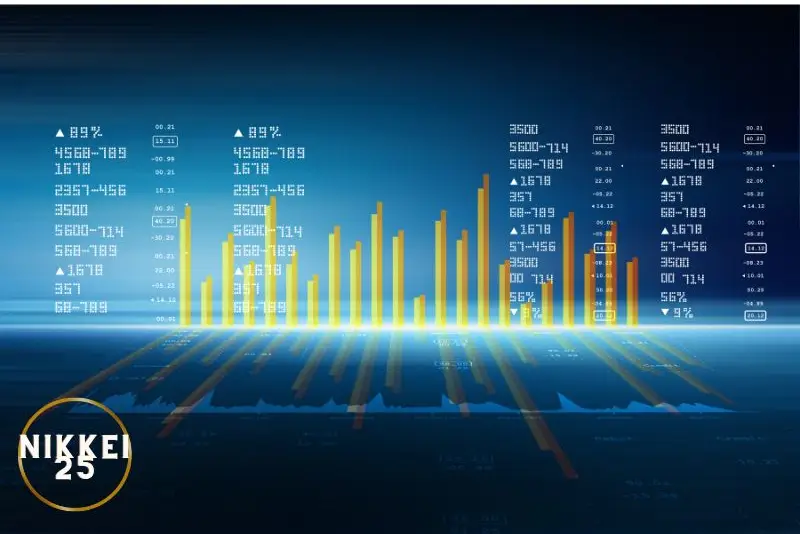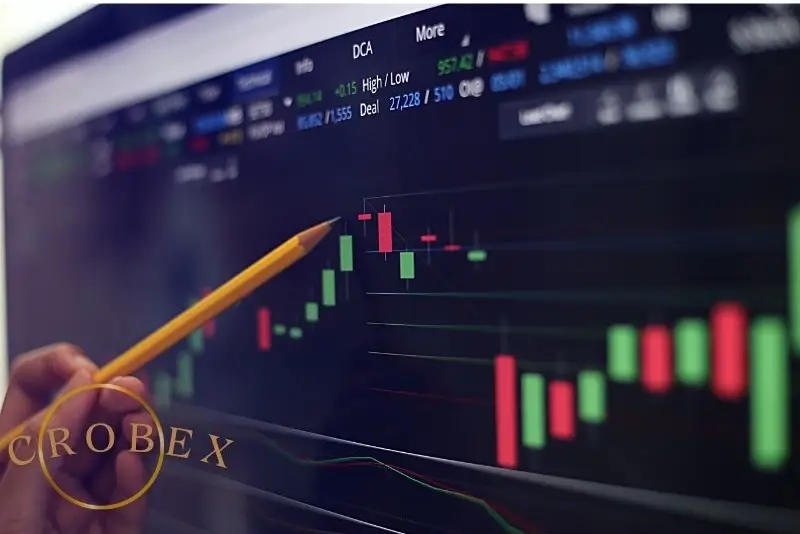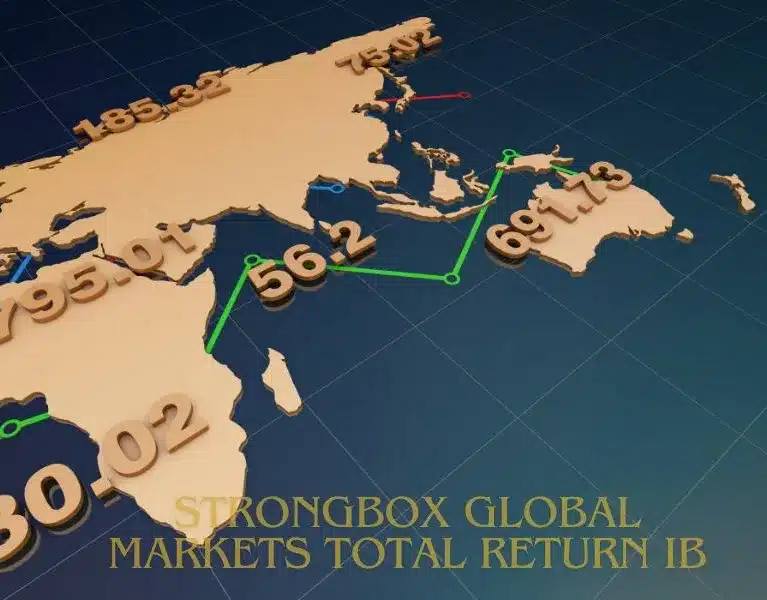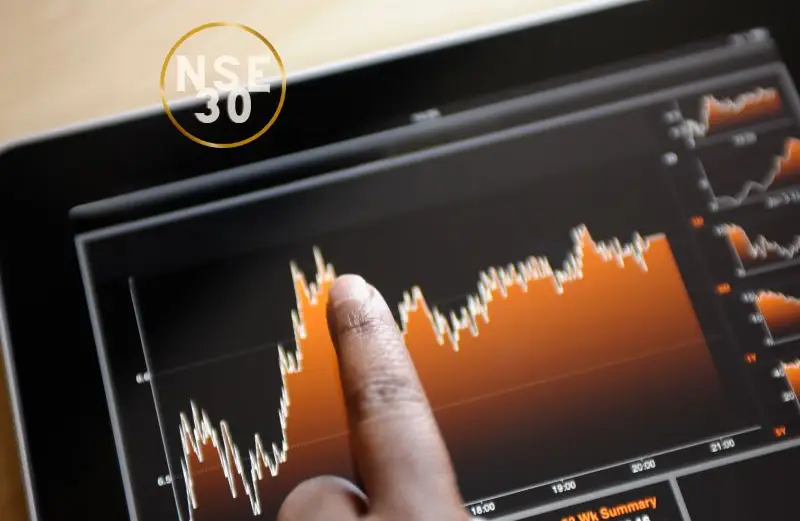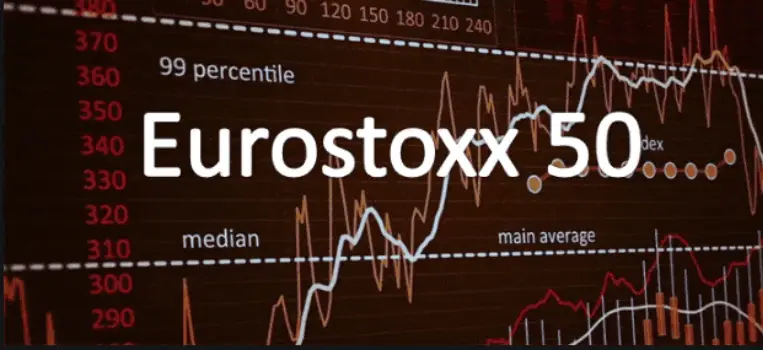Invest in Microsoft Stocks
Microsoft stocks have been on a steady rise in recent months, with the tech giant consistently beating market expectations and posting strong financial results. The company’s innovative products and services, such as Azure cloud computing and Office 365, continue to drive growth and attract investors.
Analysts predict that Microsoft’s stock price will continue to climb as demand for its software and services remains high. With a solid track record of performance and a strong leadership team, investing in Microsoft stocks could be a smart move for those looking to diversify their portfolio.
Don’t miss out on the opportunity to capitalize on Microsoft’s success in the market. Consider adding Microsoft stocks to your investment portfolio today.
Benefits of investing in Microsoft Stocks
Investing in Microsoft stocks can provide investors with several benefits, including:
- Stable and consistent growth: Microsoft is a well-established company that has shown consistent growth over the years.
- Dividend payments: Microsoft pays regular dividends to its shareholders, providing a source of passive income.
- Diversification: Adding Microsoft stocks to your portfolio can help diversify your investments and reduce risk.
- Potential for capital appreciation: With continued innovation and strong financial performance, Microsoft stocks have the potential for long-term capital appreciation.
Risks of investing in Microsoft Stocks
While there are many benefits to investing in Microsoft stocks, there are also risks to consider:
- Market volatility: Like any stock, Microsoft shares can be subject to market fluctuations and volatility.
- Competition: The technology sector is highly competitive, and Microsoft faces competition from other industry giants.
- Economic factors: Economic downturns or changes in consumer behavior could impact Microsoft’s financial performance.
Why invest in Microsoft Stocks?
Investing in Microsoft stocks can be a smart choice for several reasons:
- Innovative technology: Microsoft continues to innovate and develop new products and services, positioning itself as a leader in the tech industry.
- Solid financials: With strong revenue growth and profitability, Microsoft has a solid financial foundation.
- Large market share: As one of the largest tech companies in the world, Microsoft has a significant market share across multiple sectors.
Microsoft Stocks
Microsoft Corporation is a multinational technology company that develops, licenses, supports, and sells computer software, consumer electronics, personal computers, and related services. As a stock trader, Microsoft stocks can be an attractive investment option due to the company’s strong financial performance and market dominance in various technology sectors.
Competitors of Microsoft
- Apple Inc: A leading technology company known for its hardware products such as iPhones, iPads, and Mac computers.
- Google (Alphabet Inc): A dominant player in the online search and advertising industry with a wide range of products and services.
- Amazon.com Inc: An e-commerce giant that has expanded into cloud computing, artificial intelligence, and other tech-related businesses.
- IBM: A long-standing technology company that provides a wide range of software, hardware, and consulting services to businesses.
- Salesforce: A cloud-based software company that specializes in customer relationship management (CRM) solutions for businesses.
Microsoft Stocks Analysis
As a financial stock trader, Microsoft stocks are definitely worth considering. The tech giant has shown consistent growth over the years and continues to innovate in various sectors.
- Aktien kaufen: Buying Microsoft stocks could be a smart investment decision due to their strong performance and stability in the market.
- Welche aktien jetzt kaufen: Considering the current market trends and Microsoft’s position as a leader in the tech industry, now could be a good time to buy their stocks.
- Aktien empfehlung: Many financial experts recommend investing in Microsoft stocks for long-term growth potential.
- Beste dividenden aktien: Microsoft is known for offering dividends to its shareholders, making it one of the best dividend stocks available.
In conclusion, Microsoft stocks are a solid choice for investors looking for stable returns and potential growth in the tech sector. It is advisable to do thorough research and consult with a financial advisor before making any investment decisions.
Summary of Microsoft Stocks
Microsoft has been a solid performer in the stock market, with its shares consistently outperforming the market. The company’s strong financials, diverse product portfolio, and focus on innovation have contributed to its success.
- Financial Performance: Microsoft’s revenue and profits have been steadily growing over the years, making it a reliable investment option for investors looking for stable returns.
- Product Portfolio: Microsoft’s diverse product portfolio includes software, hardware, and cloud services, giving it a competitive edge in the tech industry.
- Innovation: Microsoft has continued to innovate and adapt to changing market trends, staying ahead of its competitors and maintaining its position as a market leader.
Overall, investing in Microsoft stocks can be a smart choice for long-term investors looking for a stable and reliable investment option in the tech industry.































